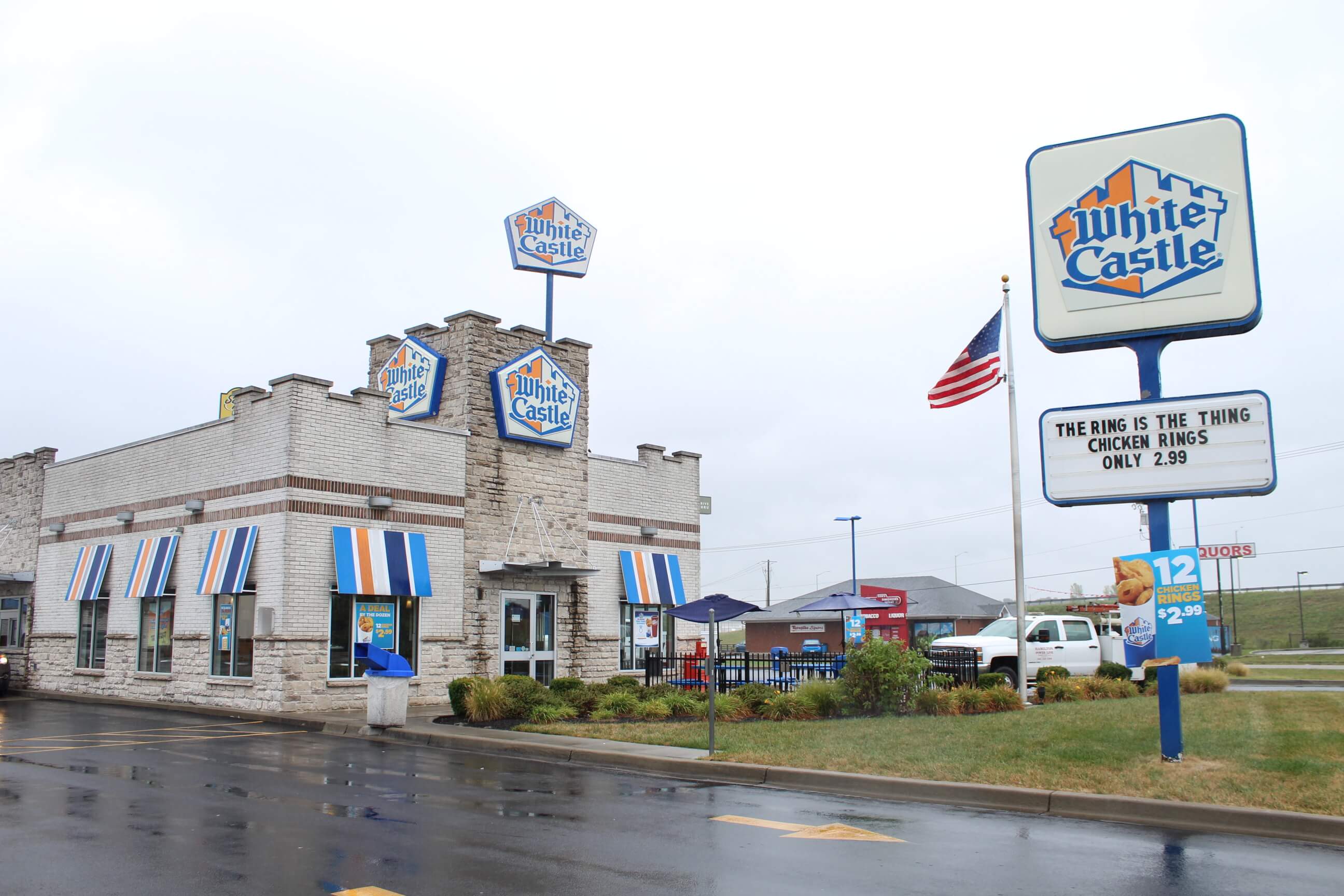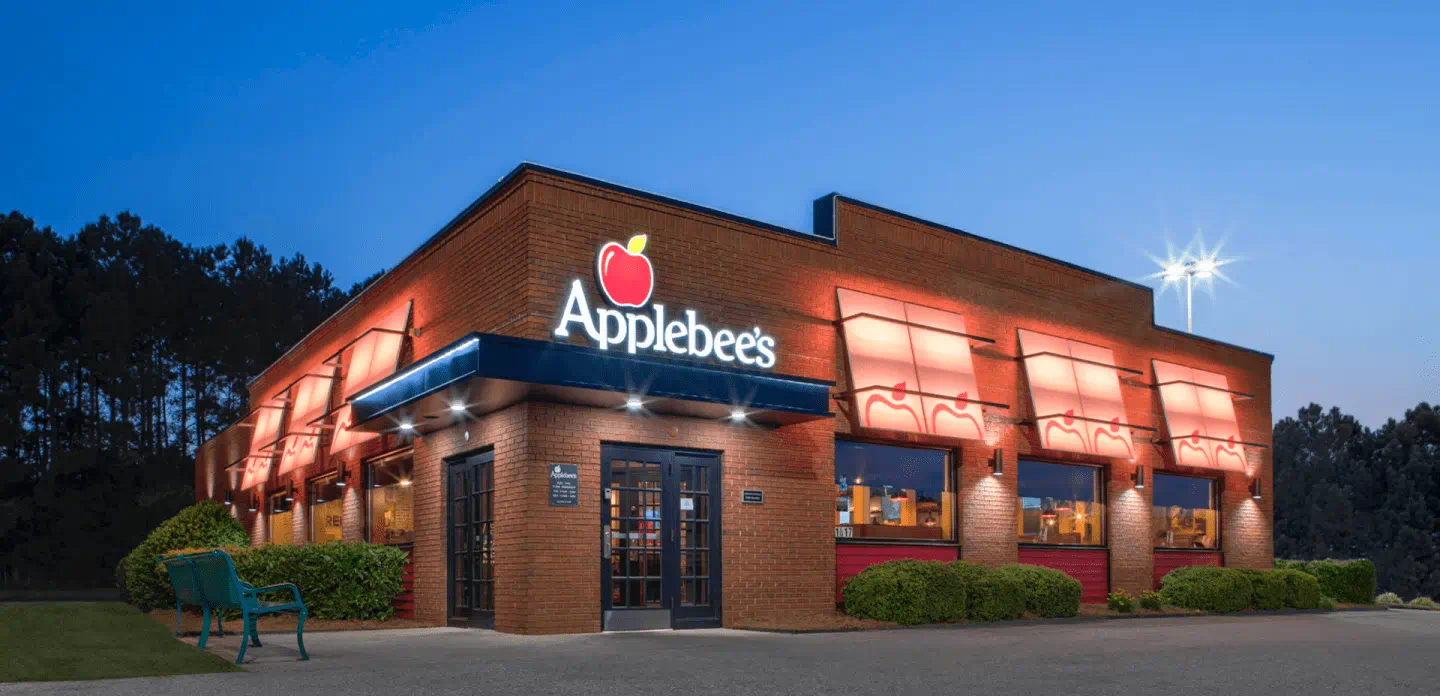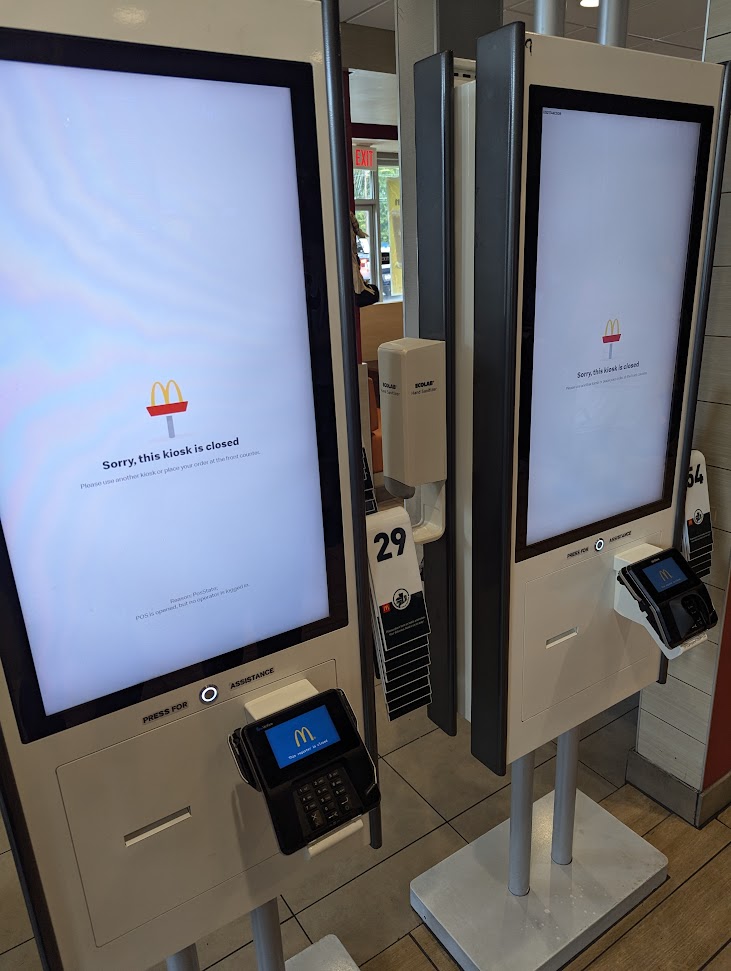How Donatos, Pizza Hut, and Pizza Forno Use Automation
Pizza chains like Donatos and Pizza Hut are using robots to cut costs and boost consistency. Automation may be the answer, but without on-site staff, how do they manage issues? Her

The restaurant industry is combating rising labor costs by introducing more sophisticated robotics and automation.
For [[QSR]] restaurants in the pizza industry, robotic kitchens used to be a futuristic concept. Today, they are operating in full force. Pizza restaurants like Pizza Hut and Donatos have developed and deployed automated systems to bolster their operations. Meanwhile, new competition is emerging from companies like Pizza Forno, a brand being built around robot chefs and employee-free restaurants.
Automated pizza places streamline operations while maintaining or even improving consistency. Best of all, automated pizza production never tires, ready to supply pies and meet round-the-clock demand in key locations (e.g. college campuses and airports).
But new technology deployments bring new risks. Robotic systems have to work exactly as intended and be prepared to self-repair when they don’t. Because when things go wrong, there’s no technical support team on-site to pick up the slack.
Let’s look into how these three brands are making robotic pizza kitchens work.
Donatos Blends Robotics With Brand Consistency
In June 2025, Donatos Pizza, a popular Ohio-based pizza chain, deployed a fully robotic kitchen at the John Glenn Columbus International Airport. The robotic kitchen is designed to solve persistent labor shortages and speed up service in a high-traffic environment. The technology involves a vending machine-like system that automates everything from dough pressing to topping application and baking.

The result? A kitchen that can run 24/7 with less food waste and fresher, just-in-time pizzas. The automated pizza kitchen is perfect for an airport where hungry travelers don’t keep regular hours.
One Reddit user commented, “Best Donato's I've had were both in the last couple months from non-traditional locations: Ohio Stadium and the airport. It's likely because both of those locations were extremely busy and the pizzas were fresh out of the oven.”
This was in response to other commenters on the thread discussing their disappointment in recent orders, specifically calling the pizzas “doughy.” Though it’s unclear if the doughy pizzas were made by robots, a downside of an unmanned, robotic location when product quality is in question is that there is no one to receive complaints and remake a pizza.
How will brands like Donatos support customer satisfaction and complaint resolution avenues for fully autonomous restaurants?
Pizza Hut’s Hyper Robotics: A Fully Autonomous Vision
Pizza Hut debuted a similar concept robotic restaurant in 2022 in Bnei Dror, Israel. The “fully autonomous” restaurant is located in a mall parking lot and was built to produce up to 50 pizzas per hour without a single person touching the dough.
The restaurant is made possible by Hyper Robotics, an automated kitchen company that specializes in fast food. CEO Udi Shamai argues that they are in the business of “selling scale” — no surprise given that simplifying and even automating processes is fundamental to scaling operations. Hyper Robotics’ robot kitchens are designed to be essentially plug-n-play. The goal? Dramatically shorten the time it takes to grow a chain from five stores to 500.

The complete Hyper Robotics build for Pizza Hut includes autonomous dough handlers, topping stations, ovens, freezers, and even a robotic dishwashing unit. The restaurant’s footprint is a 40-foot container filled with over 100 sensors and 20 AI cameras. The tech interfaces with Pizza Hut’s [[point-of-sale system]] to make and deliver orders to a drawer for customer pick up. This level of full-stack automation is especially effective in high-demand environments where contactless experiences and fast turnaround times are preferred by customers.
While the concept draws a crowd, the restaurant does have its limitations. Pizza toppings are limited and the machine still requires someone (an employee) to load the dough.
Stateside, Pizza Hut is also experimenting with new formats. A new design concept in Plano, Texas incorporates portions of the Hyper Robotics design, including the pizza drawers and cashier-free order kiosks. While it’s unclear if a totally autonomous Pizza Hut will take hold, Pizza Hut is leaning into customer expectations for pizza with a dash of unique experience.
Pizza Forno: The Tech-First Quick Service Restaurant
While existing chains are integrating robotics in one or two test locations, emerging brand Pizza Forno has taken a robotics-first approach. The fully autonomous vending machine-based brand operates with no employees onsite. Customers place their order through a digital interface and the machine handles the rest, cooking and serving fresh pizza on demand.
Pizza Forno units are built to fit into spaces as small as an ATM and can be placed indoors or outdoors to maximize retail space and serve customers in convenient locations. For customers, the Pizza Forno machines offer a quick and easy, easily accessible meal. For operators, they represent a self-contained business with lower overhead and higher uptime than a traditional kitchen.
One Axios reporter shared their impression on Pizza Forno, calling it, “Good in a pinch.” Still there were drawbacks to the experience. The reporter questioned why the pizza vending machine wasn’t more user friendly when their order came out unsliced with only a plastic knife available for on-the-go customers.
Brands like Pizza Forno and their franchise operators must consider where the robotic kitchens will be installed and think ahead about how customers will interact with the machine.
Still Pizza Forno is seeing successful growth. In late 2024, the brand announced a 40-machine expansion in various locations across Michigan. When incumbent pizza restaurants are slow to incorporate fully robotic setups, is Pizza Forno’s success a sign that they should get with the times?
What’s Gained? What’s at Stake
Automation in the restaurant industry may seem like a novelty from the outside, yet for industry veterans, automation has measurable gains (and trade-offs).
Robotic kitchens offer clear advantages for operators looking to manage rising costs through increasing output at the same or lowered investment, either through technology or labor.
Labor has long been a pain point in food service, which is why employees at QSRs must receive expensive and time-consuming training. By comparison, automated systems provide a compelling alternative solution as they reduce the need for staffing during every shift and make scaling “know-how” as easy as deploying software and firmware updates.
Additionally, these systems are tireless and precise. Robots follow recipes to the letter, ensuring that every pizza is made with the same consistent level of care, from crust to crust. That kind of consistency means the brand delivers on the expectations of customers and reduces the variability that can come with high turnover or rushed prep in a busy kitchen.
Get Fast-Food Friction
Access the 2025 Restaurant Tech Report instantly to find out what quick-service restaurant goers want (and where brands fall short).

Get Fast-Food Friction
Access the 2025 Restaurant Tech Report instantly to find out what quick-service restaurant goers want (and where brands fall short).

Get Fast-Food Friction
Access the 2025 Restaurant Tech Report instantly to find out what quick-service restaurant goers want (and where brands fall short).
Scale is what makes automation so appealing. But scale can go both ways. Improperly spec’ed recipes, instructions, and automations will get scaled across every system. When this works it’s delightful. When it fails … disaster.
So the shift to robotics and automation also introduces new challenges. Integrating individual restaurant technology devices into a single cohesive system (or ecosystem — or [[connected product]]) requires initial and ongoing management. In complex interconnected ecosystems even minor software updates or mechanical failures can create cascading issues. And unlike traditional kitchens, there’s unlikely to be any on-site technical support to troubleshoot.
The lack of immediate support can be frustrating for customers too. People might accept a hiccup in a traditional restaurant if they feel heard and helped, but if a machine breaks down or delivers the wrong order, the only available resolution might come from a call center hours away.
One Reddit user outlined their experience with a failed order: “My dad called to complain and discovered the person on the other end of the call wasn't local. Calling the store itself, they had multiple customers with the same problem that day.”
If speed is prioritized over service, any misstep feels magnified. Automation raises the bar for performance and leaves little room for error when it comes to building (or breaking) trust.
How to Remote Manage Operations With Fewer People On Site
In a robotic kitchen, reliability shifts from staff to systems. Without people on hand to catch mistakes or fix breakdowns, every device needs to perform correctly, every time.
Remote monitoring and management tools capable of adapting to complex restaurant technology ecosystems offer help. RMM software like Canopy can be configured to connect and observe, manage, and automate all sorts of remote restaurant technologies, everything from drive-thru to robot pizza machines. Canopy gives operators real-time insight into the status of whatever remote devices are used, whether [[point-of-sale systems]] or cameras, ovens or topping dispensers, kiosks or prep robots — and all from a single dashboard. If something goes wrong, [[custom alerts]] notify support teams so they can respond quickly. This kind of advanced RMM also helps prevent problems before they start. By tracking performance data and identifying trends, it allows teams to detect early signs of failure, automate updates, and avoid downtime.
For operators running automated kitchens, the next ingredient could be more robots in the kitchen. But it might be software like Canopy — to help ensure all the restaurant tech is delivering on high customer expectations.





